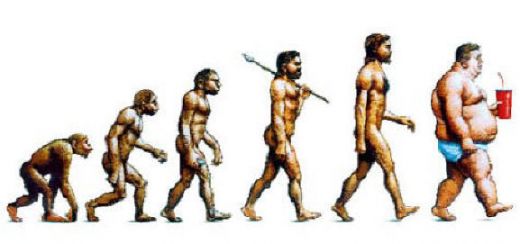The Paleo Diet, also known as the “Caveman Diet,” is a nutritional plan that uses modern foods to emulate the diet of men and women who lived during the Paleolithic era. Developed by Dr. Loren Cordain, the theory behind this plan is that eliminating foods with little-to-no nutritional value will help the bodywork better. According to Dr. Cordain, “Our nutritional requirements remain almost identical to those requirements which were originally selected for Stone Age humans living before the advent of agriculture.”
The easiest way to remember how to follow the Paleo Diet is the rule, “If a caveman couldn’t eat it, you can’t eat it.”
There are certain fundamental characteristics of hunter-gatherer diets that followers of the plan believe will help to optimize their health, minimize their risk of chronic disease, and aid in weight loss. These include higher protein, potassium, and fiber intakes, lower carbohydrate and sodium intakes, and a balance between net dietary alkaline and acid loads. The Paleo diet also calls for consuming more vitamins, minerals, and plant phytochemicals, as well as monounsaturated, polyunsaturated, Omega-3, and Omega-6 fats dominating your fat intake.
So what can someone following the Paleo diet eat? Here are some dos and don’ts:
Dos:
Quality, grass-fed meat
Seafood
Eggs, including the yolk
Healthy fats and oils
Vegetables
Fruit in moderation
Don’ts:
Processed foods
Legumes (green beans, peanuts, or sugar snap peas)
Grains
Starchy vegetables
Sugar
Alcohol
Dairy products
Vegetable and seed oils
Like with any diet, there are both pros and cons to going Paleo. Obviously, eliminating preservatives, chemicals, and additives will have a hugely positive effect on one’s health. Most of the health problems we face in the western world result from the overindulgence in foods that our cavemen ancestors didn’t have, like grain-based desserts, soda, pizza, and alcohol.
On the other hand, cutting out foods like dairy and grains may result in a loss of the nutrients they provide. There’s also an issue of timeline accuracy. The entire premise of the Paleo plan is to eat like a caveman. Certified Nutritionist Brian St. Pierre points out, “A 2009 review revealed that not only did our Paleolithic ancestors eat legumes, but these were also actually an important part of their diet! Legumes have been found at Paleolithic sites all over the world, and in some cases were determined to be the dominant type of plant food available.”
Here are some other positives and negatives of the Paleo diet:
Pros:
Clean eating, free from processed foods
Feeling full between meals, thanks to the higher protein intake
Increased iron intake
Anti-inflammatory benefits from the nutrients in fruits, vegetables, nuts, seeds, and oils
Weight loss due to factors such as clean eating and being less likely to snack in between meals
Cons:
Cutting out dairy is not optimal for good bone health
Grains are good for energy and overall health
Not ideal for athletes, who need to eat enough carbohydrates for fuel
If you remove certain foods from your diet and don’t find a way to supplement the nutrients you would have gotten from them can cause a nutrient imbalance
If you’re interested in starting the Paleo diet, you can check out thepaleodiet.com for more information and recipes.
© 2015-2020 by Overweight.net. All rights reserved. No part of this document may be reproduced or transmitted in any form or by any means, electronic, mechanical, photocopying, recording, or otherwise, without prior written permission of Overweight.net.






